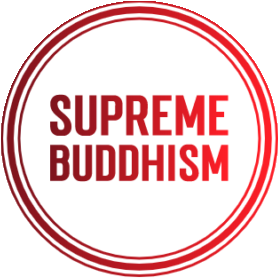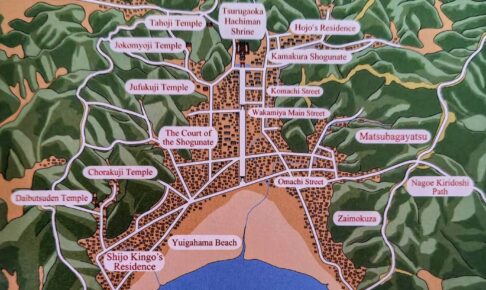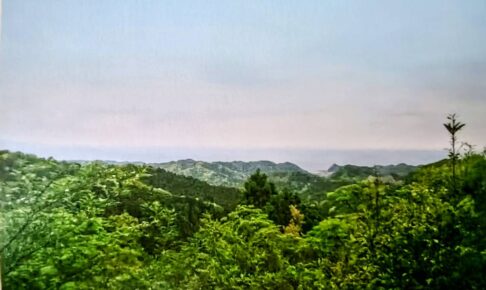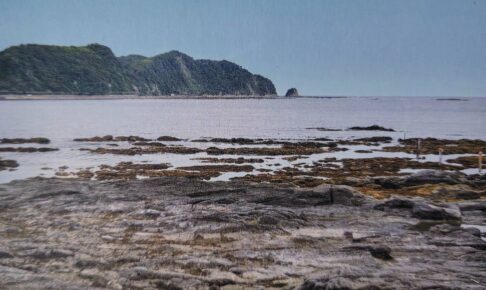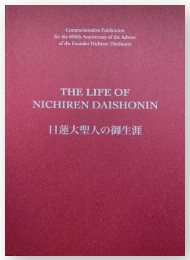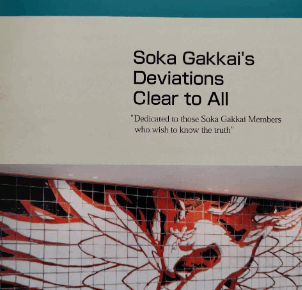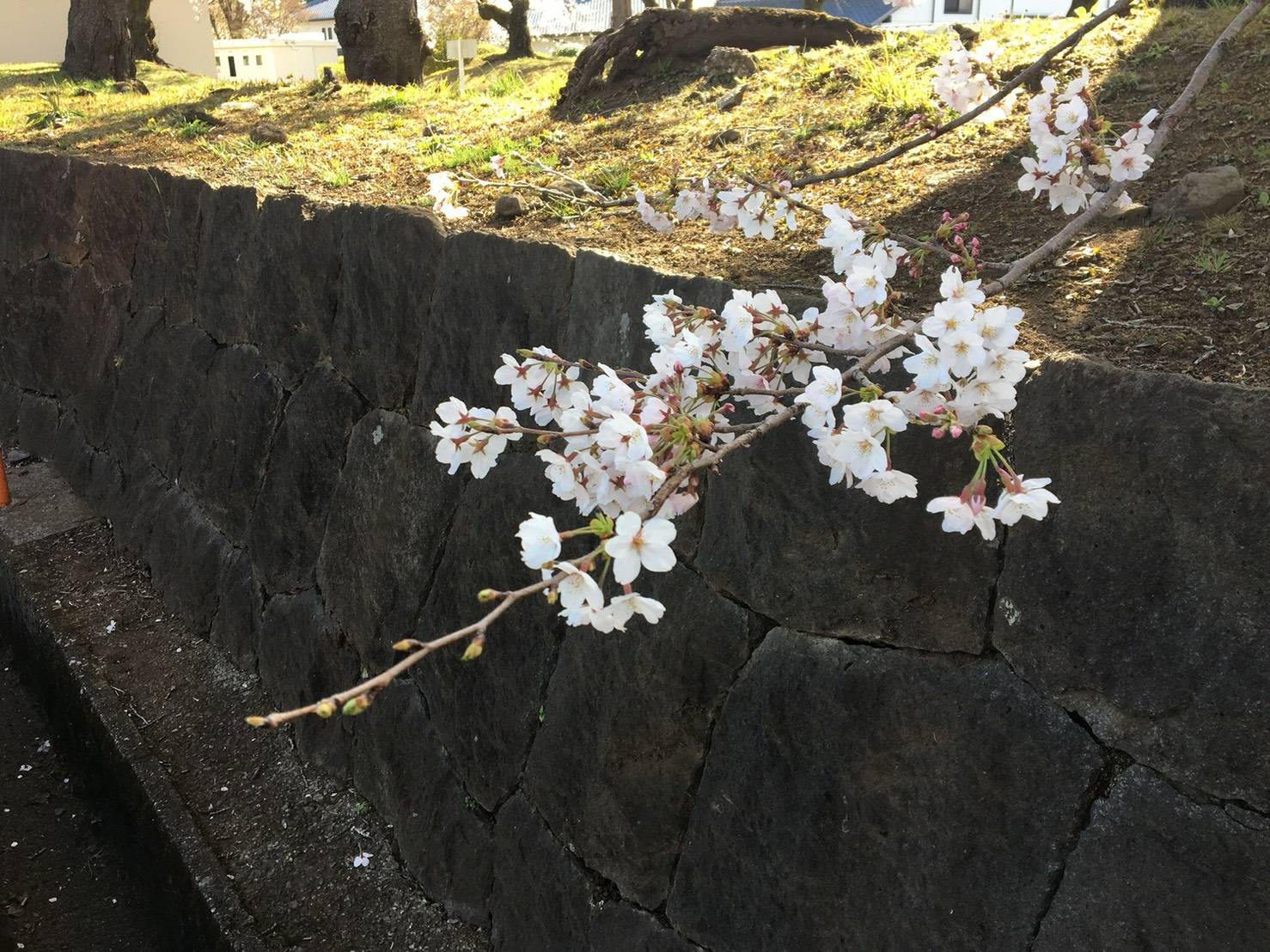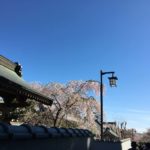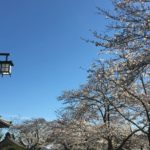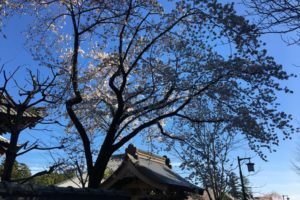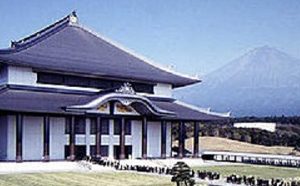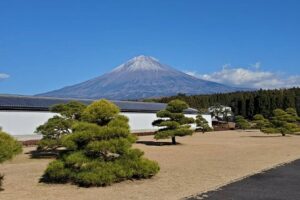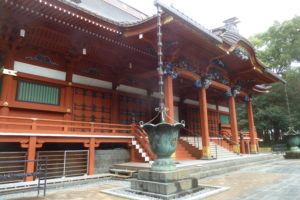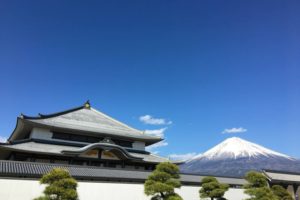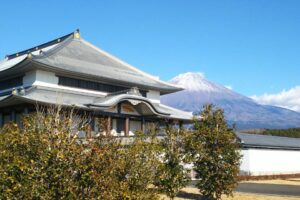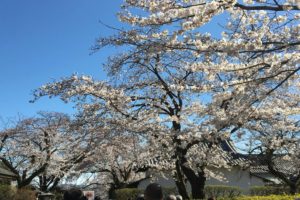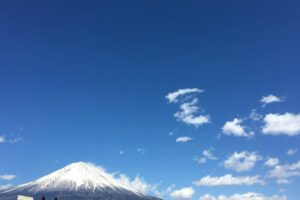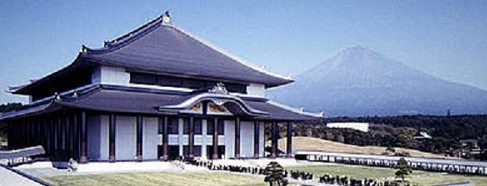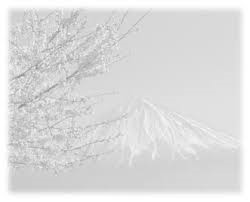Contents
Introduction
The treatise, “On Securing the Peace of the Land through the Propagation of True Buddhism” (Rissho ankoku ron), is written in a question and answer format between a man and a visiting traveler.The question and answer exchange consists of ten questions.
The nine responds to the visitor’s ten questions.The Fifty-eighth High Priest Nitchu Shonin described the significance of the Daishonin’s choice of the question and answer format in the following way:
“The visitor represents an individual of an outside sect. The latter individual is none other than the Daishonin. Essentially speaking, the Daishonin reveals the principal issues concerning all humankind in the nation of Japan and throughout the world.
1 ) “General Summary of the Questions and Answers
Twenty-sixth High Priest Nichikan Shonin established ten categories for the ten questions and nine answers recorded in the Rissho ankoku ron. He stated:
“Indeed, in dividing this treatise, there are ten stages in all.The first discusses the causes for the occurrence of disasters.The second reveals the evidence of the disasters (caused by evil laws) .The third declare the reasons for the slander of True Buddhism by the priests of heretical sects. The fourth correctly reveals the negative causes [for the occurrence of disasters]. The fifth shows examples in Japanese and Chinese (history of the disasters caused by heresy] .The sixth explains the significance of the remonstration [that is, the reason for presenting a remonstration, the kind of which had never been heretofore set forth in The seventh is the cessation of almsgiving to slanderous priests to discontinue the proliferation of evil, heretical monks.The eighth represents the discontinuation of the sin [this means the severance of slander and not the severance of life] .The ninth signifies the discontinuation of doubt and the cultivation of faith.The tenth indicate the upholding and preservation of truth. “
2 )A Summary of the First Question and Answer Set
My explanation today will focus on the first stage, that is, the section covering the first question and answer. The issue set forth in the first question and answer is the | cause of the occurrence of disasters.
A traveler visited an individual (referred to as the “host”) and posed the question: “All people are deeply suffering from the various disasters that have befallen the world-calamities such as famine and pestilence.What error could they possibly have committed to experience such devastation?”
The host responded by saying: “The people in society have turned their backs on True Buddhism and have upheld evil.So, the benevolent deities have abandoned the nation, the sages do not emerge and various disasters occur one after another This is a brief summary of the question and answer exchanged between the two men.
3 ) Details of the Question and Answer
# 1 Conditions in Society During the Lifetime of the Daishonin
In the opening paragraph of the Rissho ankoku ron, at the beginning of the initial question and answer, the Daishonin wrote:
Once there was a traveler who spoke these words in sorrow to his host:
In recent years, there are unusual disturbances in the heavens, strange occurrences on earth, famine and pestilence, all affecting every corner of the empire and spreading throughout the land. (MW-2, p. 3)
In Japan, during the lifetime of the Daishonin, there were numerous disasters.A historian investigated various references and performed a statistical study of the disasters that took place during the lifetime According to this research, amazingly enough, there were 650 incidents, which included natural calamities, floods, earthquakes, scorching droughts, hurricanes, epidemics, huge fires, famines and rebellions. Of these disasters, the Daishonin focused His attention on the great earthquake of 1257.
In His “Postscript to the Rissho ankoku ron,” the Daishonin wrote:
In the first year of the Shoka era, 1257, the zodiacal sign hinoto-mi Serpent, on the 23 day of the 8 month, at the time when the Hour of the Dog gives way to the Hour of the Boar (around 9 pm), there was a severe earthquake which was characterized by a force that surpassed any that had ever occurred before. (Gosho, p. 367: Ref. MW-2, p. 69)
Moreover, in His Gosho, “The Revelation of the Essential Truth” (Kenryu shoi sho), the Daishonin wrote:
I, Nichiren, having witnessed the great earthquake that occurred on the 23 day of the 8 “month of the first year of Shoka (1257), the zodiacal year of the hinoto-mi Serpent, intuited this to be the opportune time to write the Rissho ankoku ron. (Gosho, p. 749)
Here the Daishonin explained that the occurrence of the great earthquake of 1257 presented a major impetus in His writing of the Rissho ankoku ron.
The great earthquake of Shoka (1257) was described in the historical reference, Azuma kagami.The entry for the 23 “day of the 8th month stated:
The great earthquake was accompanied by a tremendous Noise.Not a single shrine or temple stood intact … People’s homes came crashing to the ground.In the area around the Naka-no-Baba Bridge, the ground split open in utter destruction.Before long, a fire started in the rubble, giving off a blue glow.
Furthermore, the following entry was recorded on the 4th day of the 9th month:
Earthquakes. Since the great quake on the 23″ of last month, minor tremors have been occurring continuously to this day.
According to expert seismologists, the great earthquake of Shoka is estimated to have had a magnitude of 7. As a matter of comparison, the Great Hanshin-Awaji Earthquake in Japan in 1995 was a vertical motion earthquake with a magnitude of 7.3. Since Japan frequently experiences earthquakes, its buildings are constructed with the highest quake-resistant features in the world.Even so, during the Great Hanshin-Awaji quake, more than several thousand victims lost their lives, and even the expressways, which were believed to be quake-resistant,collapsed and were destroyed .
When we consider these recent conditions, we can readily imagine the devastating conditions resulting from the earthquake that occurred during the Daishonin’s lifetime, in Kamakura, a major city with a population of 100,000.
Moreover, Nichikan Shonin wrote the following about the meaning of the phrase, “in recent years paragraph of the Rissho ankoku ron:
” In the opening “In recent years …” refers to the 4-year period from the first year of Shoka (1257) , the zodiacal year of the Serpent, to the first year of Bun’o (1260), the zodiacal year of the Monkey.
A tremendous earthquake occurred in 1257, and a hurricane brought devastation in 1258, destroying rice fields and farmlands throughout the nation . Homes were swept away by high waters and numerous victims drowned. A great famine occurred in 1259 and epidemics claimed many lives.The following year, in 1260, there were torrential rains and floods, and there were many, many lives lost as a result of raging epidemics.
Living in Kamakura, the Daishonin, Himself, experienced these tremendous disasters. He saw first hand the fear and suffering of the people in society.This prompted Him to write the Rissho ankoku ron.
# 2 The Conclusion to the First Stage, the First Question and Answer Section
The Daishonin presented the conclusion to the first question and answer section, by stating the following:
The people of today all turn their backs upon what is right; to a man, they give their allegiance to evil.That is the reason why the benevolent deities have abandoned the nation … and in their stead come devils and demons, disasters and calamities that arise one after another. (MW-2, pp. 5-6)
Thus, the Daishonin explained that the disasters were Caused by people who turn their backs on True Buddhism and uphold evil doctrines. High Priest Nikken Shonin described the essential significance of this passage in the following way:
In short, the Daishonin revealed the supreme significance of distinguishing good from evil and heresy from truth. Today, human knowledge is advanced in scientific thought, but there is a great deal to be desired in the areas of cultivating correct perspectives and a seeking spirit concerning the fundamentals of good and evil and the issues of heresy and truth.This is, indeed, the cause for the people’s unhappiness today, as they delve deeply into a complex confusion of spiritual and ideological delusions,
(Summer ’95 Training Session, Collection of Sermons, p. 219)
# 3 Doctrines Concerning the Heavenly Deities
In the concluding passage of the first section, the Daishonin indicated the essential significance of the first question and answer. , He discussed the teachings concerning the heavenly gods.In the “Essential Doctrines of Nichiren Shoshu” (Nichiren Shoshu yogi), the meaning of this passage is described in the following way:
Without any regard for the correctness or heresy of the doctrines, the sovereigns and the common people chose to discard the true teachings and by so doing, caused the propagation of heretical doctrines throughout the land.The heavenly deities who protect the land and who thrive on honesty, were utterly starved for the true doctrine Thus, they burned their shrines In their stead came evil devils and heretical demons, who took pleasure in seeing people suffer. As a result, visiting and worshipping at shrines brought forth misfortune and came to be a slanderous act. Thus, we no longer visit and worship heavenly gods at the shrines.
The doctrine concerning the heavenly gods was composed of two elements.First, because people upheld evil teachings, the heavenly gods were unable to protect the nation.As a result, evil devils and heretical demons proliferated and Secondly, this was a warning against visiting and worshiping at such shrines, which had transformed into the habitats for evil devils and heretical demons.
Regarding this, High Priest Nikken Shonin stated:
The doctrine concerning the heavenly gods describes how the demon king and demon gods were empowered by the increasing proliferation of heretical doctrines. An end to the presence of their power.Thus, the Daishonin taught that this functioned as a karmic cause and possessed extensive repercussions on society, the nation and the universe.The correct principles of the Fuji School lead us to reaffirm this truth and to take action based on it.
Our High Priest explained the significance of the doctrine concerning the heavenly deities and taught us about the essential importance of actually performing shakubuku.
Conclusion
In modern times, people erroneously believe that they possess a comprehensive understanding of the causes of disasters, by merely analyzing it in scientific terms.Even when they are told that the disasters befalling the country are caused by religious factors, they do not acknowledge the spiritual elements, saying that they are none other than superstitious concepts of bygone times.However, when they personally come face to face with misfortune, they realize for the first time that the humans, themselves, suffer the most.People are not truly aware of the doctrine that there is a cause, without fail, for effects that are characterized by suffering.Thus, they cannot understand the true cause of the disasters and calamities that lead people to hardship and misfortune.As a result, they remain in the identical position as that of their ancient ancestors, totally defeated by their suffering.
Accordingly, when we read and study the Rissho ankoku ron, it is important for us to look upon the issues from the standpoint of Buddhism and to correctly understand the causes of disasters and confusion that characterize the nation.
As believers of the True Buddhism of Nichiren Daishonin, we must view the disasters and confusion in the nation in terms of our own lives.We must understand that the causes of these disasters lie in the erroneous practices brought on by heretical religions. Based on this, it is important for us to first uphold True Buddhism and then to denounce heretical, evil religions and lead the people to the True Law.
These are the issues that constitute the essential significance of this first question and answer section, set forth at the beginning of the Rissho ankoku ron.They function to set the stage for the introduction of the main principle.
